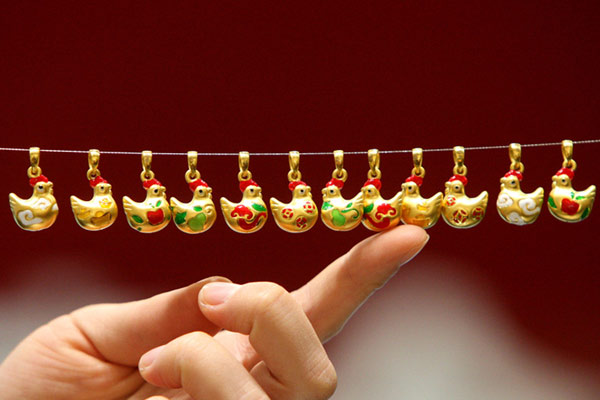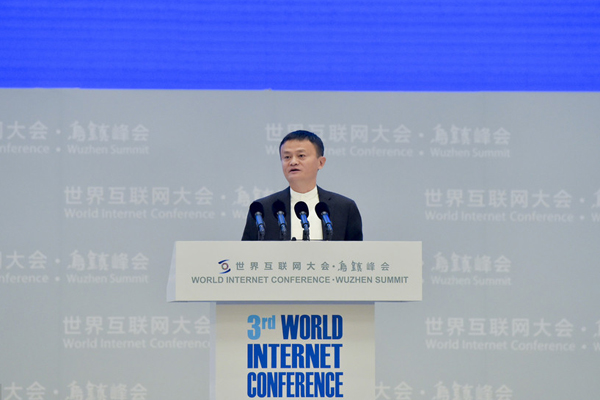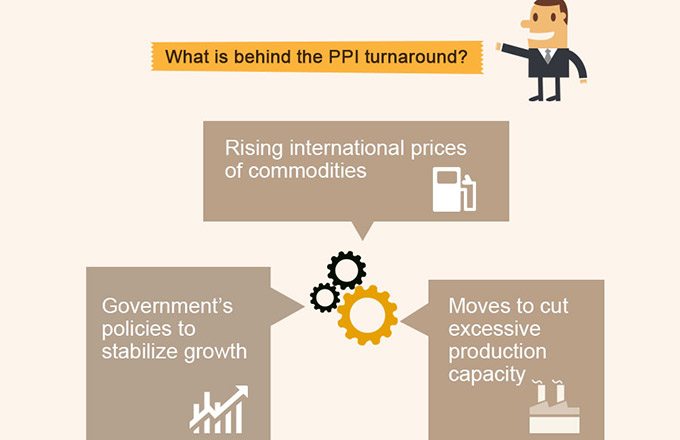SWIFT: Yuan rises to 13th as world payment currency
Growing demand has led China's yuan to overtake the Russian rouble as a currency used for global payments, according to SWIFT, a messaging system used by international banks.
SWIFT, or the Society for Worldwide Interbank Financial Telecommunication, said on Wednesday that use of the yuan in January jumped 24 percent from December, enabling it to capture 0.63 percent of global payments, an all-time high.
That made it the 13th most-used currency overall, ahead of the rouble and the Danish krone, according to SWIFT.
A year ago, the yuan was used in 0.25 percent of all global payments, putting it in the 20th place among currencies. The year-on-year increase in use of the yuan for payments, as measured by transaction value, was 171 percent.
In contrast, use of the rouble in January declined 5.4 percent from December. While its share of the global payment market was 0.56 percent, up from 0.52 percent in January 2012, the rouble fell to 15th place among currencies from 14th a year ago. Danish krone displaced the rouble, sliding into 14th from 13th.
The Hong Kong dollar moved into ninth place, with 1.02 percent of global payments, up from 0.95 percent and the No 10 spot a year earlier.
The SWIFT report confirms that the Chinese mainland becoming the world's second-largest economy has sparked greater use of its currency.
James Wills, a senior business manager for SWIFT, said in an interview that the yuan is "slowly increasing" its share of the world market.
"But it's a very young currency in this marketplace and it takes many, many years to establish a currency," Wills said.
In recent years, the yuan, also known as the renminbi or RMB, has seen "very steady, very constant" growth in global payments, Wills said.
"It would be a natural expectation that it is going to be a very important currency, and continue to grow as an important currency," he said.
By loosening its grip on the country's capital account, the Chinese government has given foreign investors, manufacturers and traders greater incentive to hold yuan for investment or payment settlements, according to Gregory Chin, head of China research at the Center for International Governance Innovation, a Canadian think tank.
Increasing use of the yuan has compelled Daniel Hwang, chief currency strategist at Gallant Capital Markets in New York, to predict that US payments in yuan will increase this year.
Wills suggested that the yuan would increase its stature even further if it were adopted as a global benchmark for the commodities market.
According to SWIFT, which is a Belgium-based, member-owned cooperative, the euro remains the leading world-payments currency, accounting for 40.17 percent of transactions, down from 44.04 percent a year ago. Following the euro are the dollar with 33.48 percent, up from 29.73 percent in January 2012; the British pound with 8.55 percent, down from 9 percent; and the Japanese yen with 2.56 percent, up from 2.48 percent.
Next are the Australian dollar, Swiss franc, Canadian dollar, Singapore dollar, Hong Kong dollar, Thai baht, Swedish krona, and Norwegian krone.
michaelbarris@chinadailyusa.com






















